Homemade Pasta (A Step-by-Step Guide)
November 26, 2024Homemade Pasta (A Step-by-Step Guide): Transform ordinary flour and eggs into culinary magic! This step-by-step guide will walk you through the entire process of making homemade pasta, from dough to delicious dish.


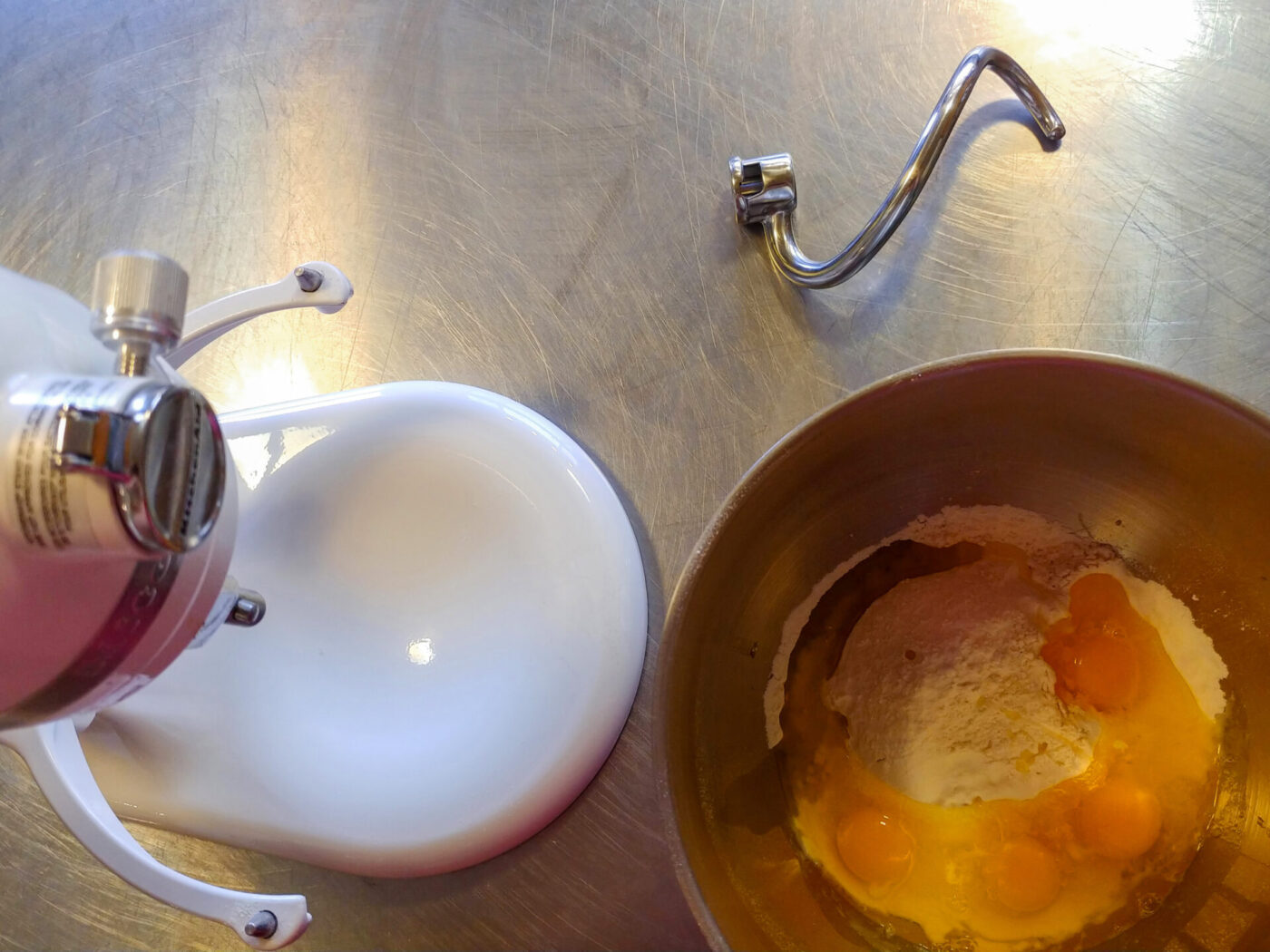
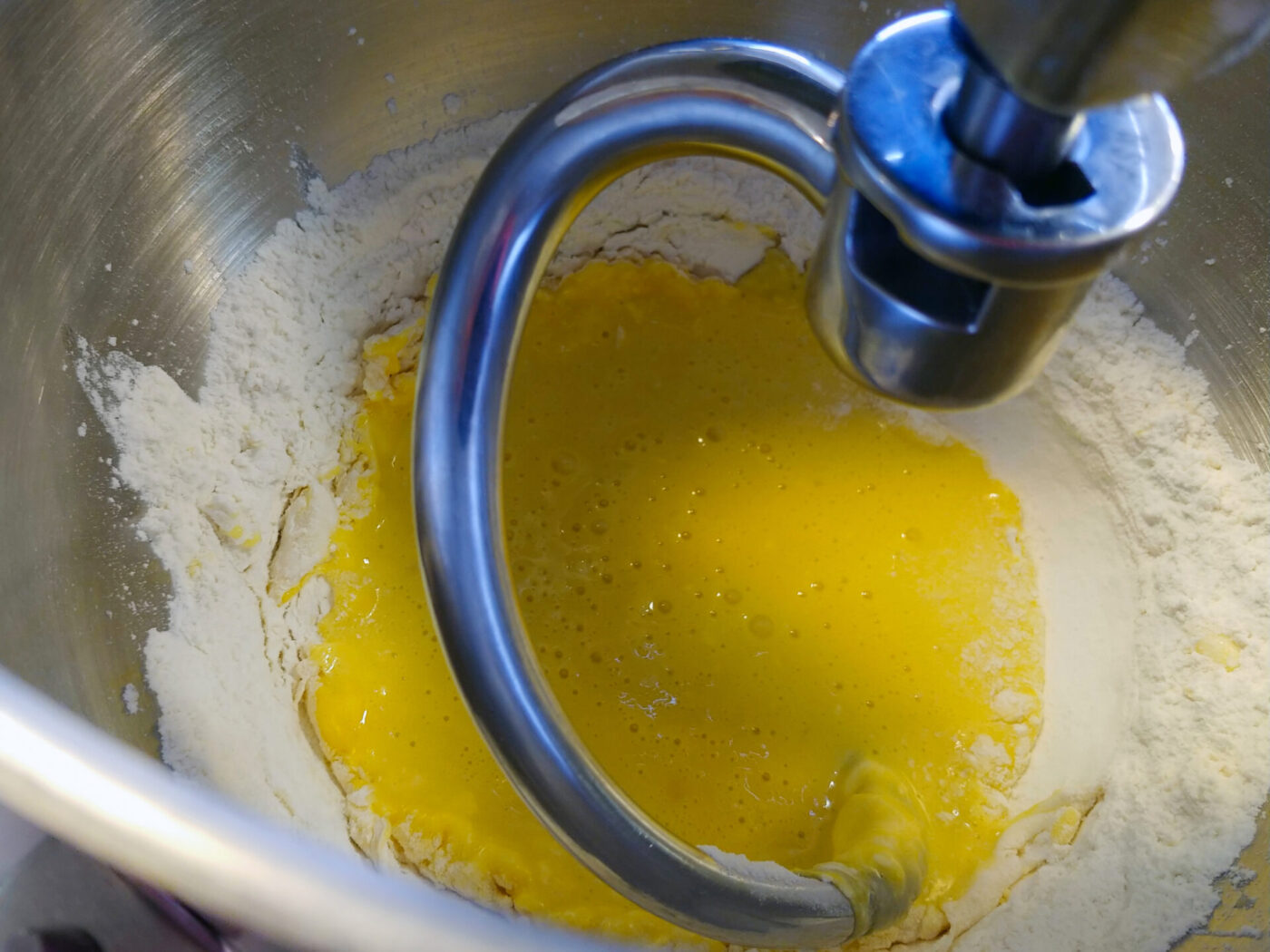
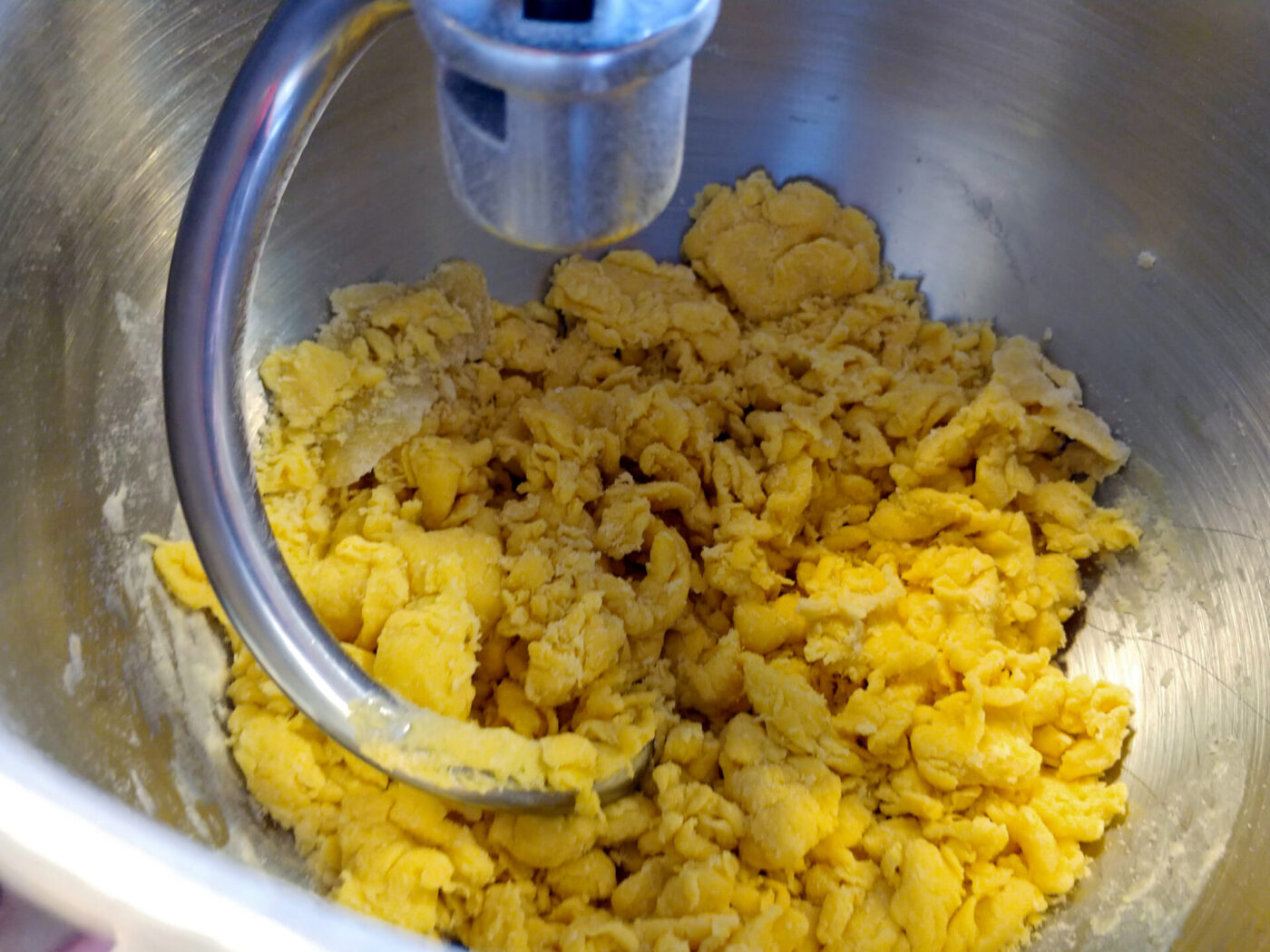
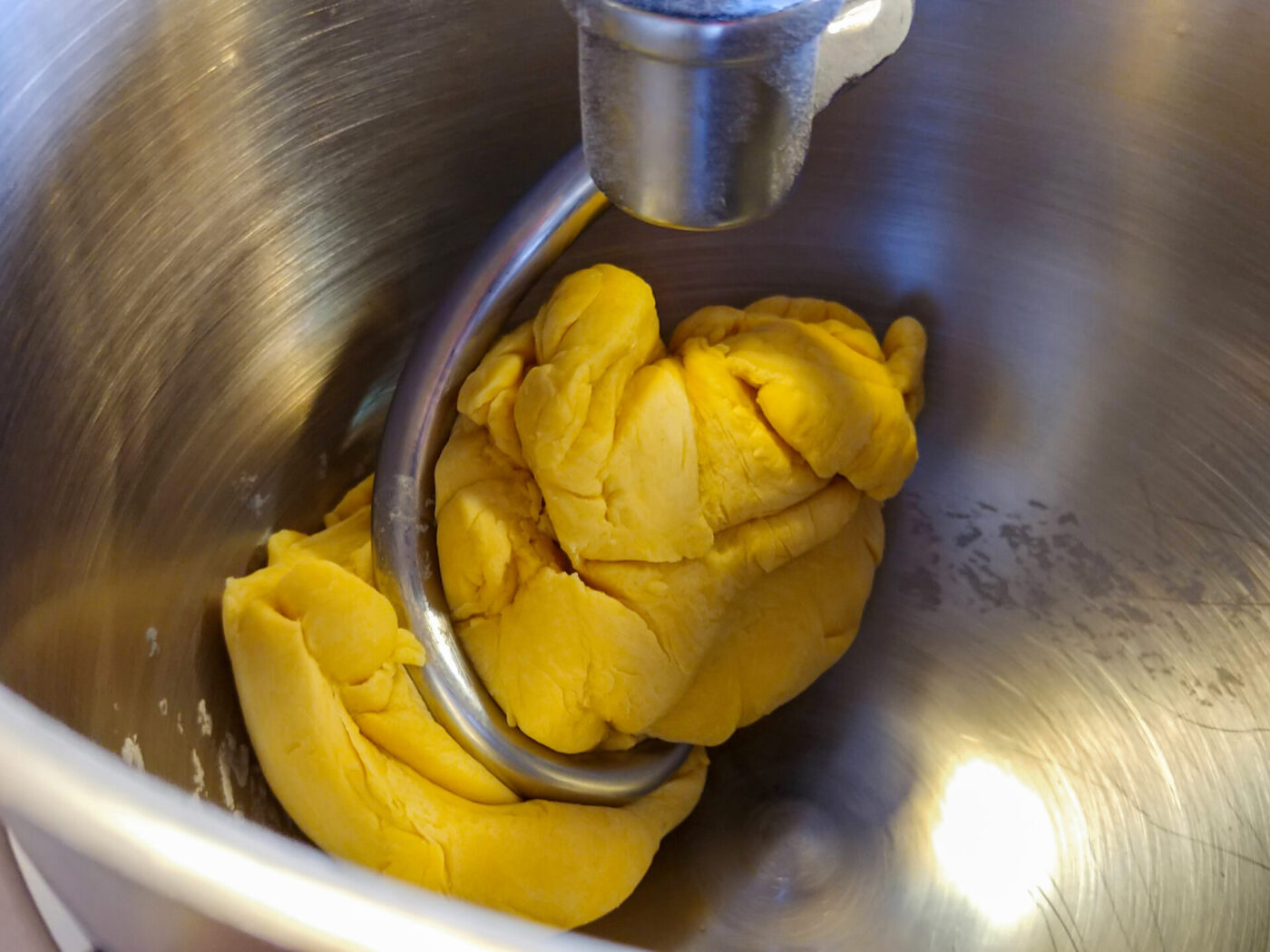
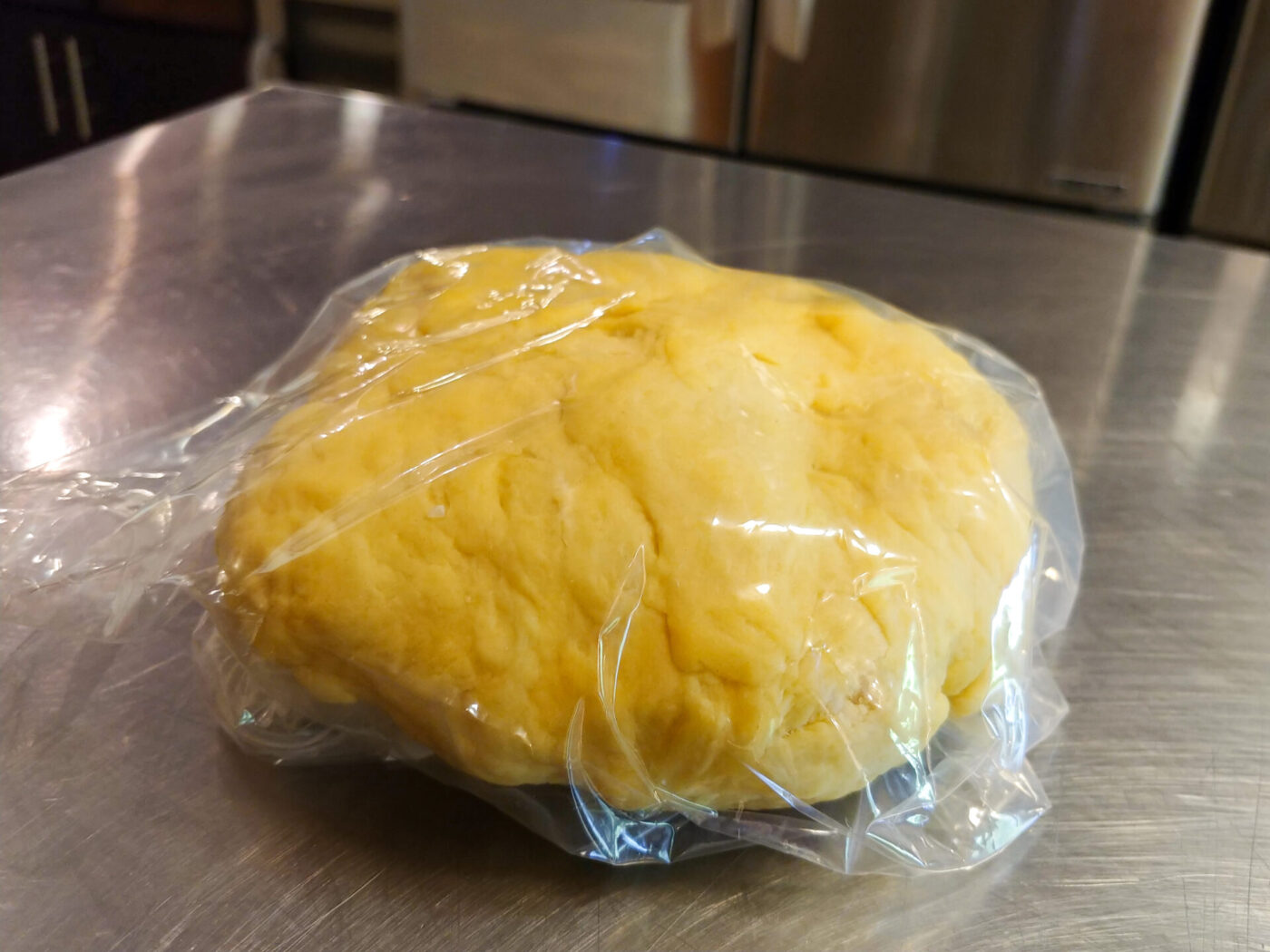





Share
Click on the icons below to share "Title of the item to share"